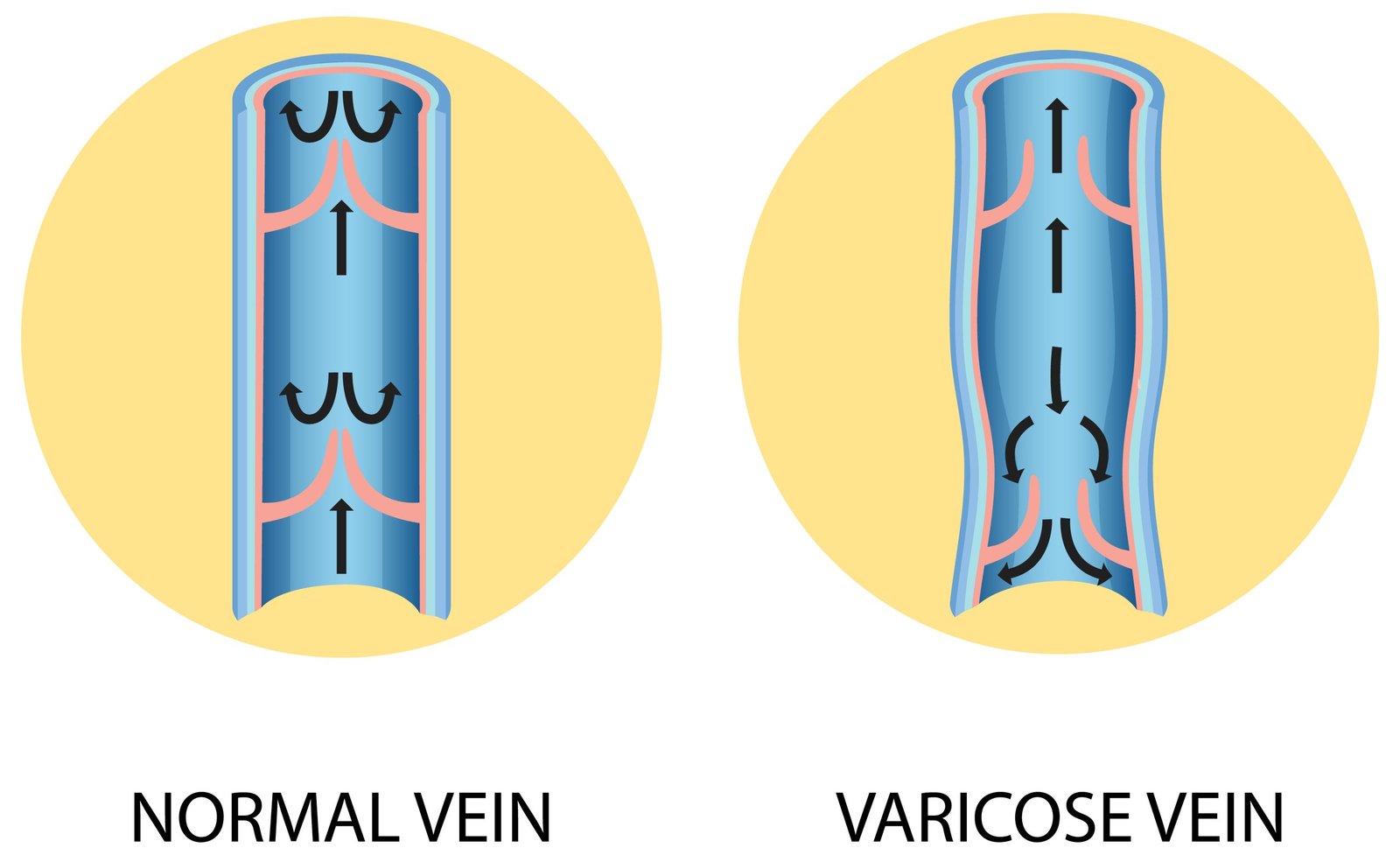
Varicose veins develop when the vein walls weaken and valves don’t function properly, allowing blood to back up in your veins. When blood pools in the veins, they swell, twist, and appear just beneath the skin on your legs and feet. Varicose veins don’t always need treatment; they often improve with simple remedies like exercising and limiting sodium intake. However, varicose veins Weston can sometimes cause muscle cramps, swelling, and skin discoloration, necessitating medical intervention. When self-care measures are ineffective in treating your varicose veins, your healthcare provider may recommend the following treatments.
Wearing compression stockings
Compression stockings improve blood circulation by steadily squeezing your legs and ankles. Although wearing these stockings is entirely safe, a Doppler ultrasound is usually necessary before your specialist can recommend compression stockings. Prescription stockings provide the most pressure and are tightest at the ankle; they gradually loosen as they go further up your leg. Wearing compression stockings can help reduce swelling and relieve pain caused by varicose veins, but it is unknown whether they prevent them from worsening.
For the best outcome, you need to wear compression stockings as soon as you get up in the morning and take them off when you go to bed. These stockings can be pretty uncomfortable, especially during hot days, but adhering to instructions is essential to benefit the most from them.
Radiofrequency ablation
For this treatment, your healthcare provider heats the walls of varicose veins with radiofrequency energy. You may receive local or general anesthesia before the procedure to feel no pain or discomfort during treatment. Next, the doctor makes a small incision above or below your knee and guides a catheter into the vein using ultrasound imaging. The catheter allows your healthcare provider to insert a probe that sends out radiofrequency energy.
The probe releases radiofrequency energy, which heats the veins’ walls, causing them to collapse, close, and seal shut. Once the veins scar, blood reroutes to other healthy veins in your body. Your healthcare provider may recommend your wear compression stockings for at least a week after radiofrequency ablation.
Sclerotherapy
Sclerotherapy is a treatment that involves injecting an irritant into the veins, causing the walls to swell and seal close. Depending on their size, your specialist may administer a solution or foam into the affected veins. A solution is usually suitable for smaller veins, and foam is effective in treating larger veins since it covers a more extensive surface area. Before sclerotherapy treatment, you will receive local anesthesia to numb the area being treated.
Varicose veins should begin to fade a few weeks after sclerotherapy as healthier veins take over the role of damaged veins. There is a chance the veins may reappear, meaning subsequent treatments may be necessary. Although this treatment is relatively safe, it can cause side effects like headaches, blood clots in other leg veins, discoloration, and temporary vision problems. Most patients can resume usual activities like work immediately after sclerotherapy. You will need to wear bandages or compression stockings for up to a week after sclerotherapy.
If you have painful varicose veins, consult your provider at Soffer Health Institute to know which treatment option can work for you.
